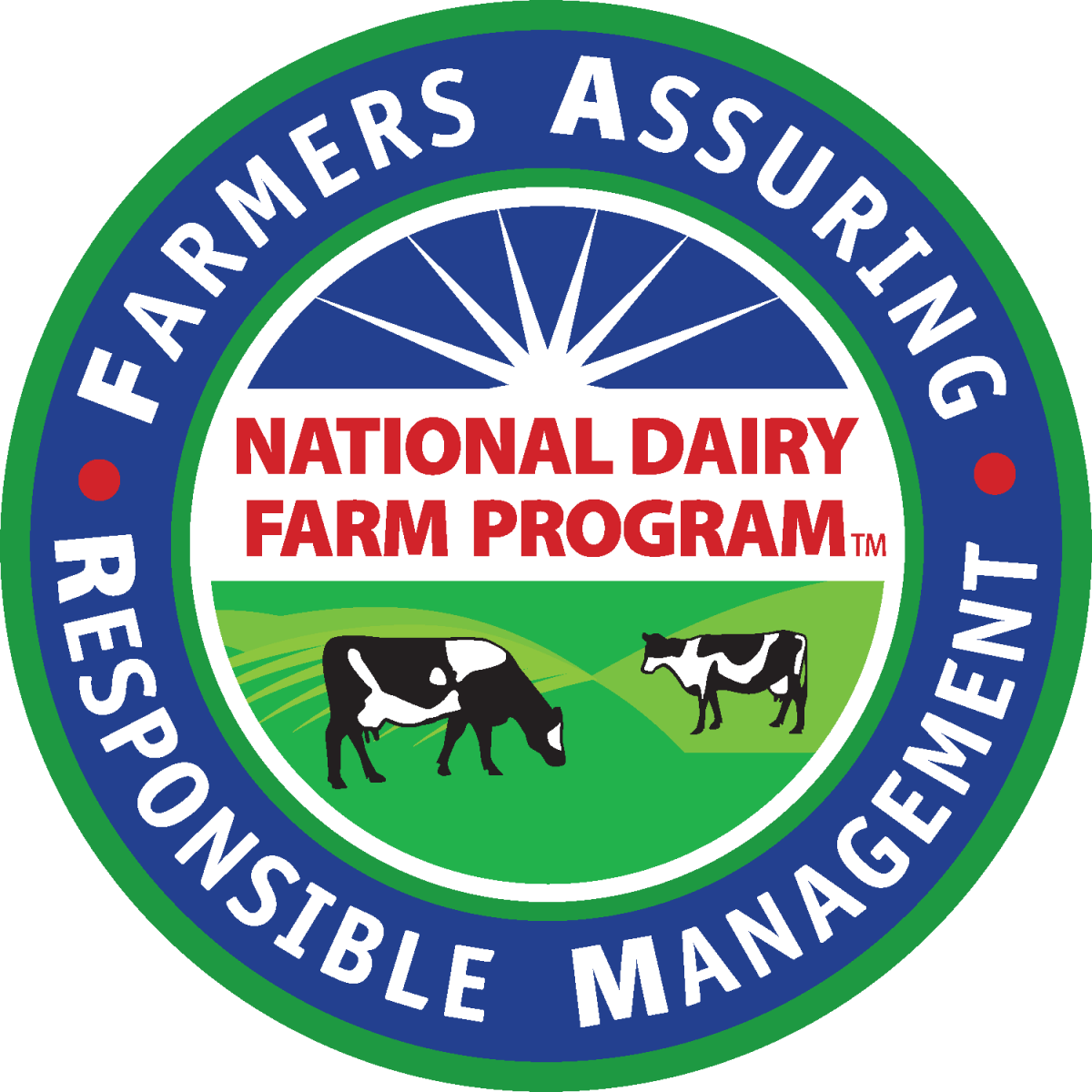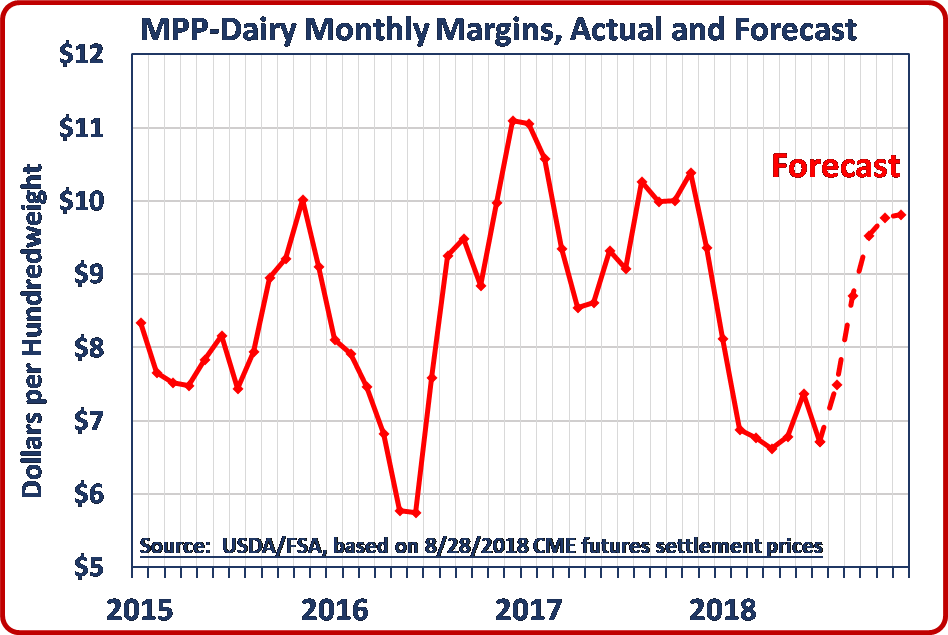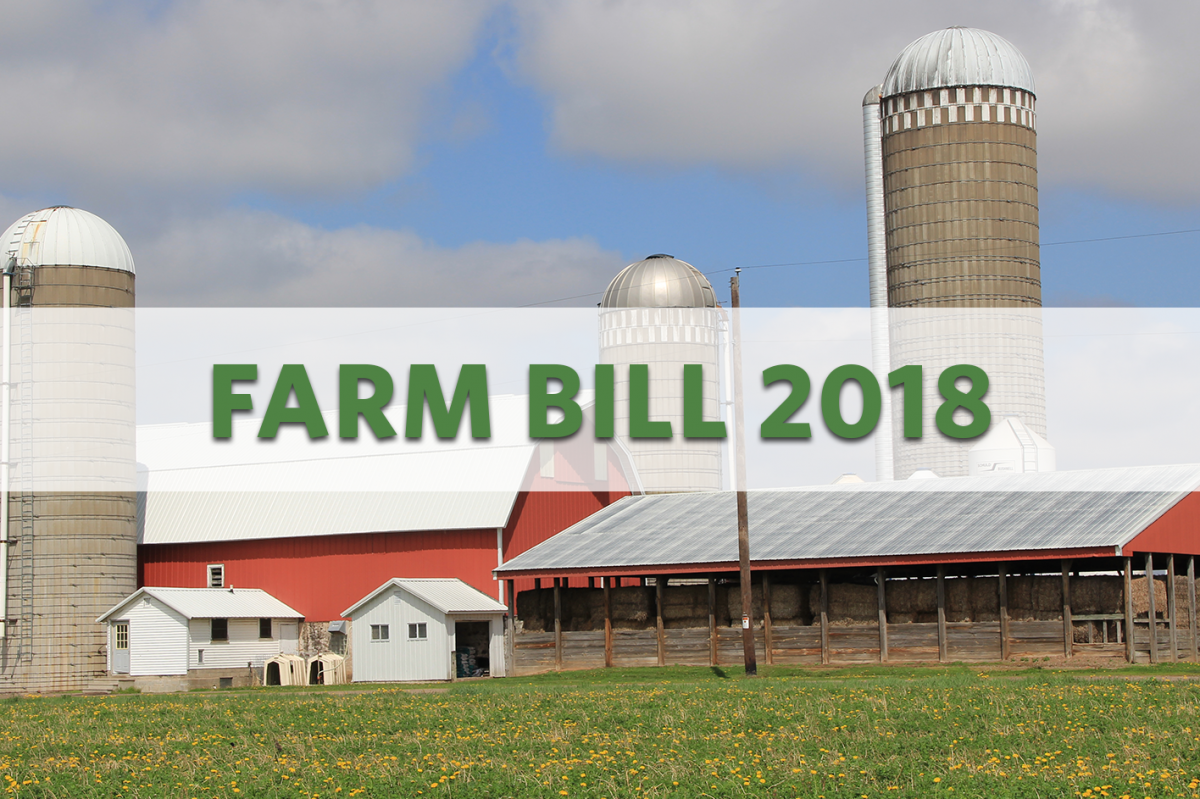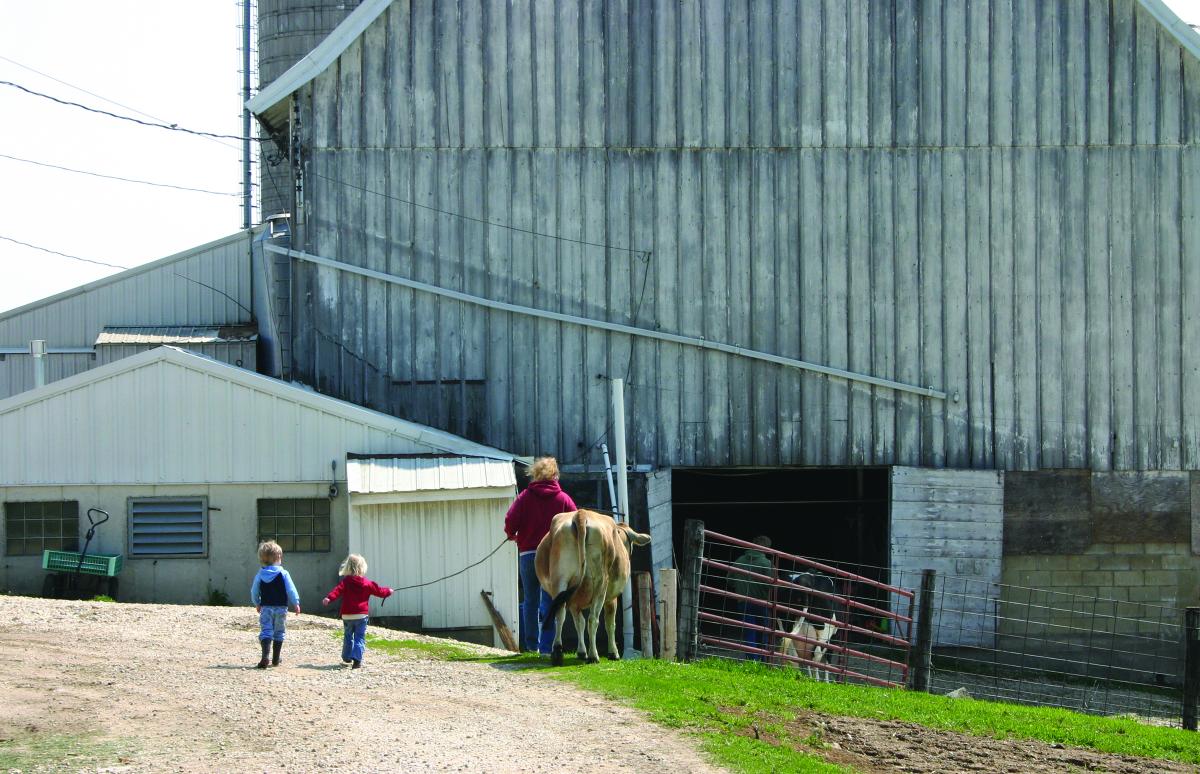 ARLINGTON, VA – The National Dairy FARM Program announced today the launch of its fourth program area, FARM Workforce Development. The initiative provides U.S. dairy farm owners and managers with educational tools that offer best management practices around human resources – including hiring, training, and supervision – and worker health and safety.
ARLINGTON, VA – The National Dairy FARM Program announced today the launch of its fourth program area, FARM Workforce Development. The initiative provides U.S. dairy farm owners and managers with educational tools that offer best management practices around human resources – including hiring, training, and supervision – and worker health and safety.
FARM Workforce Development was created by stakeholders from the entire dairy value chain to provide educational materials on one of the most pressing concerns for the dairy sector. The human resources part of the program focuses on how to best attract, invest in, and retain a professional, high-quality, engaged workforce.
The safety portion outlines how farms can further cultivate and demonstrate continuous commitment to on-farm safety. For the safety portion of the initiative, FARM is collaborating with the Idaho Dairymen’s Association (IDA) to develop a best-in-class safety resource for dairy farm owners and managers. IDA’s Dairy Workforce Training & Safety Program Oversight Board includes representation from dairy farm employees to provide the worker perspective into the development of the safety manual.
According to FARM Program management, these new educational resources will help farmers who want to broaden their understanding and implementation of human resources tools and safety practices for their employees.
“By making these tools available, we will further demonstrate the dairy industry’s existing commitment to continuous improvement in human resources and worker safety,” said Emily Yeiser Stepp, senior director of the FARM Program. “This new component of the FARM Program offers educational materials tailored to the needs of U.S. dairy farms of all sizes.”
The National Dairy Farmers Assuring Responsible Management (FARM) Program began developing its newest component last year, gathering expert and stakeholder input through its Workforce Development Task Force. Farmers, cooperative staff, academics, and other subject matter experts – divided into working groups – have reviewed, recommended and provided counsel on the program area’s resources. This reliance on stakeholder input ensures the Workforce Development materials are technically robust and relevant to today’s dairy industry.
The educational resources will provide farm owners with resources that can assist in increasing worker engagement, reducing employee turnover and enhancing the safety of dairy farming. Some of those resources will include:
- State-by-state and federal legal fact sheets that summarize state laws and regulations on a variety of human resource issues for dairy farms, including wages, benefits, payroll, youth employment and more.
- The FARM Human Resources Reference Manual that contains a self-assessment and templates, including a sample employee handbook.
- The FARM Safety Reference Manual that provides dairy owners and managers with an overview of safety management best practices, legal considerations and more.
“Dairy farm employees are dedicated to high-quality animal care and producing nutritious milk. Farm owners and managers share that dedication and strive to create work environments that attract and retain employees. Until now, they didn’t always have access to the proper resources to advance their farm’s HR and safety management goals,” said Nicole Ayache, NMPF’s Director of Sustainability Initiatives and FARM Workforce Development team leader. “It only made sense to bring those goals into the FARM Program’s spirit of continuous improvement to enhance the safe, secure, and thriving work environments on our dairy farms.”
###
The National Milk Producers Federation (NMPF), based in Arlington, VA, develops and carries out policies that advance the well-being of dairy producers and the cooperatives they own. The members of NMPF’s cooperatives produce the majority of the U.S. milk supply, making NMPF the voice of dairy producers on Capitol Hill and with government agencies. For more on NMPF’s activities, visit our website at www.nmpf.org.


 The FARM Program has created helpful new human resources materials as part of its Workforce Development initiative. The aim of this project is to provide U.S. dairy farm owners and managers with guidance and best management practices around human resources (hiring, training, and supervision), as well as worker health and safety.
The FARM Program has created helpful new human resources materials as part of its Workforce Development initiative. The aim of this project is to provide U.S. dairy farm owners and managers with guidance and best management practices around human resources (hiring, training, and supervision), as well as worker health and safety. In mid-August, a new ruling issued by a U.S. District Judge in South Carolina revived the flawed 2015 Waters of the United States (WOTUS) regulation for some states – though the rule does not apply in other states where court actions have stayed its implementation. This most recent legal turn comes just after NMPF submitted comments to the U.S. Environmental Protection Agency (EPA) that said the 2015 rule must be permanently rescinded and the prior version of the regulation re-codified to provide better clarity for dairy farmers.
In mid-August, a new ruling issued by a U.S. District Judge in South Carolina revived the flawed 2015 Waters of the United States (WOTUS) regulation for some states – though the rule does not apply in other states where court actions have stayed its implementation. This most recent legal turn comes just after NMPF submitted comments to the U.S. Environmental Protection Agency (EPA) that said the 2015 rule must be permanently rescinded and the prior version of the regulation re-codified to provide better clarity for dairy farmers. In a major milestone for the farmer-managed export assistance program, Cooperatives Working Together (CWT) has helped its member dairy cooperatives export over 1 billion pounds worth of milk so far in 2018. That sum represents 50 percent of the overall rise in U.S. milk production through August of this year.
In a major milestone for the farmer-managed export assistance program, Cooperatives Working Together (CWT) has helped its member dairy cooperatives export over 1 billion pounds worth of milk so far in 2018. That sum represents 50 percent of the overall rise in U.S. milk production through August of this year. The July monthly margin under the Margin Protection Program (MPP) was $6.72/cwt., $0.65/cwt. lower than the June margin, owing mostly to lower milk prices. The July all-milk price was $15.40/cwt., $0.90 lower than in June, as the full effect of the retaliatory tariffs imposed by Mexico and China on various U.S. dairy imports rippled through U.S. domestic markets. The July MPP feed cost formula was $0.25/cwt. lower than the month before. Most of the drop in the monthly feed cost was split evenly between lower corn and lower soybean meal prices, when calculated on a per-hundredweight-of-milk basis.
The July monthly margin under the Margin Protection Program (MPP) was $6.72/cwt., $0.65/cwt. lower than the June margin, owing mostly to lower milk prices. The July all-milk price was $15.40/cwt., $0.90 lower than in June, as the full effect of the retaliatory tariffs imposed by Mexico and China on various U.S. dairy imports rippled through U.S. domestic markets. The July MPP feed cost formula was $0.25/cwt. lower than the month before. Most of the drop in the monthly feed cost was split evenly between lower corn and lower soybean meal prices, when calculated on a per-hundredweight-of-milk basis. The Senate and the U.S. House of Representatives have returned to Capitol Hill from their August recess to tackle several pressing matters before adjourning again for the fall campaign season.
The Senate and the U.S. House of Representatives have returned to Capitol Hill from their August recess to tackle several pressing matters before adjourning again for the fall campaign season. The Trump Administration made major strides in recent weeks to finalize negotiations over a new North American Free Trade Agreement (NAFTA), but the biggest issue for America’s dairy farmers – whether they will earn more market access to Canada – remains unresolved in early September. This high-stakes, high-visibility challenge is the key area where NMPF is heavily engaged this month on achieving a positive outcome for its members.
The Trump Administration made major strides in recent weeks to finalize negotiations over a new North American Free Trade Agreement (NAFTA), but the biggest issue for America’s dairy farmers – whether they will earn more market access to Canada – remains unresolved in early September. This high-stakes, high-visibility challenge is the key area where NMPF is heavily engaged this month on achieving a positive outcome for its members. Dairy farmers can now sign up for their share of the multi-billion-dollar trade assistance package developed by the U.S. Department of Agriculture (USDA), although the amount available in direct payments – just $127 million, or 12 cents per hundredweight on half of a farm’s annual production – falls far short of what NMPF had asked USDA to allocate.
Dairy farmers can now sign up for their share of the multi-billion-dollar trade assistance package developed by the U.S. Department of Agriculture (USDA), although the amount available in direct payments – just $127 million, or 12 cents per hundredweight on half of a farm’s annual production – falls far short of what NMPF had asked USDA to allocate.



